
High-Performance Gypsum Retarder Chemical - Control Setting
What are Gypsum Retarder Chemicals? | Industry Landscape & Market Trends
Gypsum retarder chemicals are specialty additives engineered to precisely control the setting time of gypsum-based materials such as plaster, wallboard, and self-leveling compounds. By delaying the hydration reaction of calcium sulfate hemihydrate, these chemicals enable optimized workability, reduced waste, and consistent quality in construction, prefabrication, and architecture.
In 2023, the global gypsum-based construction materials market exceeded $57.43 billion, with an estimated CAGR of 6.5% through 2029 (Statista). Increasing prevalence of precast and dry construction techniques, coupled with sustainability mandates, are accelerating demand for reliable, high-performance retarders.
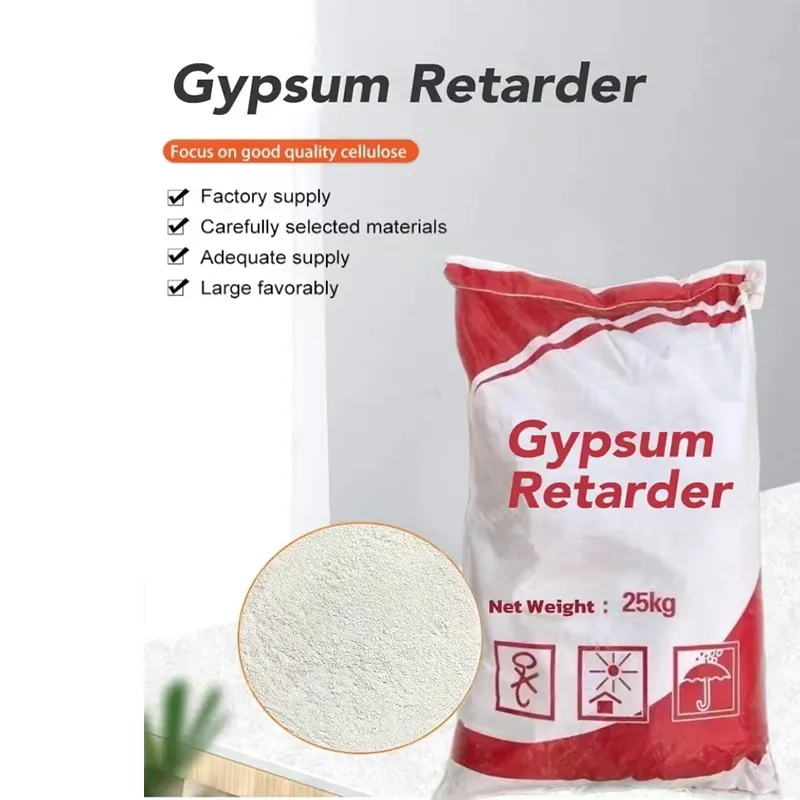
Gypsum Retarder Chemicals: Composition, Types, and Key Parameters
Gypsum retarder chemical formulations are typically based on organic acids (citric, tartaric, protein hydrolysates), modified starches, sugars, or high-purity specialized polymers. Their primary technical function is to chelate or block calcium ions, slowing the hydration of calcium sulfate hemihydrate (CaSO4·½H2O) and thus extending pot life, open time, and logistical flexibility for end users.
| Parameter | Typical Value/Range | Industry Standard | Function |
|---|---|---|---|
| pH value | 6.0 - 8.0 (1% solution) | ANSI A118, ISO 9001 | Compatibility with gypsum and adjuncts |
| Active Ingredient | Citrate/Tartrate, Amino Acids, Polyols, Organic Polymers | In line with ASTM C472 | Retardation efficiency and shelf life |
| Dosage | 0.05% - 0.25% by weight of gypsum | Dependent on setting control and application | Dosing precision impacts workability/strength |
| Setting Time Extension | 30 - 180 minutes (controlled) | ASTM C472 | Work window control |
| Chloride Content | < 0.05% | EN 998-1, ISO 679 | Durability, corrosion prevention |
| Water Solubility | Complete at working dose | QC per ISO 9001 | Dust-free dissolution and mixing |
| Heavy Metal Content | < 10 ppm | RoHS, REACH | Environmental/Health & Safety |
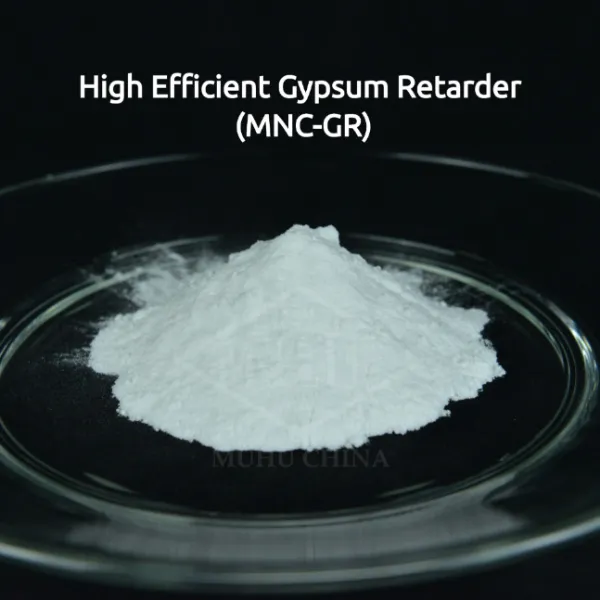
Gypsum Retarder Chemical Manufacturing Process: Step-by-step Explanation
Each batch of gypsum retarder chemical undergoes exacting inspection—including purity, fineness, and retardation assessment—aligned with ISO 9001 and ASTM C472 quality systems. This ensures reliable, reproducible performance in demanding industrial environments.
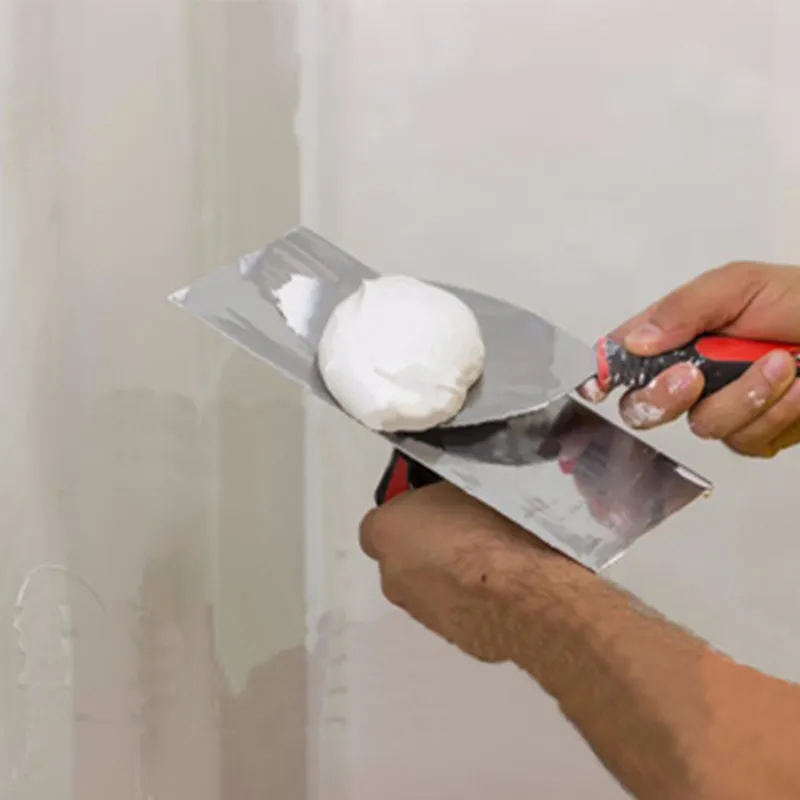
Product Comparison: Gypsum Retarder(RETARDER) vs Most Common Retarder in Gypsum
When selecting a gypsum retarder chemical, industry often compares the most common retarders—such as sodium citrate, protein-based retarders, and commercial solutions such as USG gypsum plaster retarder—against advanced products like Gypsum Retarder(RETARDER) for efficiency, compatibility, and cost-effectiveness.
| Criteria | Gypsum Retarder(RETARDER) | Most Common Retarder (Na Citrate) | USG Gypsum Plaster Retarder |
|---|---|---|---|
| Main Composition | Multi-component polymer/citrate blend | Sodium Citrate (C6H5Na3O7) | Proprietary protein hydrolysate |
| Setting Time | Extends 70-130 min (customizable) | Extends 40-70 min | Up to 150 min (at high dose) |
| Recommended Dosage | 0.06%-0.14% w/w | 0.18%-0.25% w/w | 0.10%-0.22% w/w |
| Water Compatibility | Excellent (0-60°C) | Good (to 40°C) | Moderate |
| Construction Strength Impact | Minimal negative impact | Noticeable reduction (>10%) | Some reduction at high dose |
| Chloride Content | <0.01% | <0.02% | <0.02% |
| ISO Certification | ISO 9001, EN 998-1, RoHS | ISO 9001 (limited) | ISO 9001, ANSI |
| Appearance | Fine, uniform white powder | Crystalline powder | Fine beige powder |
| Lead Time | 7-12 days | 4-8 days | 9-13 days |
| After-Sales Technical Support | 24/7 expertise (online/offline) | Generic, batch inquiry only | Standard support (business hours) |
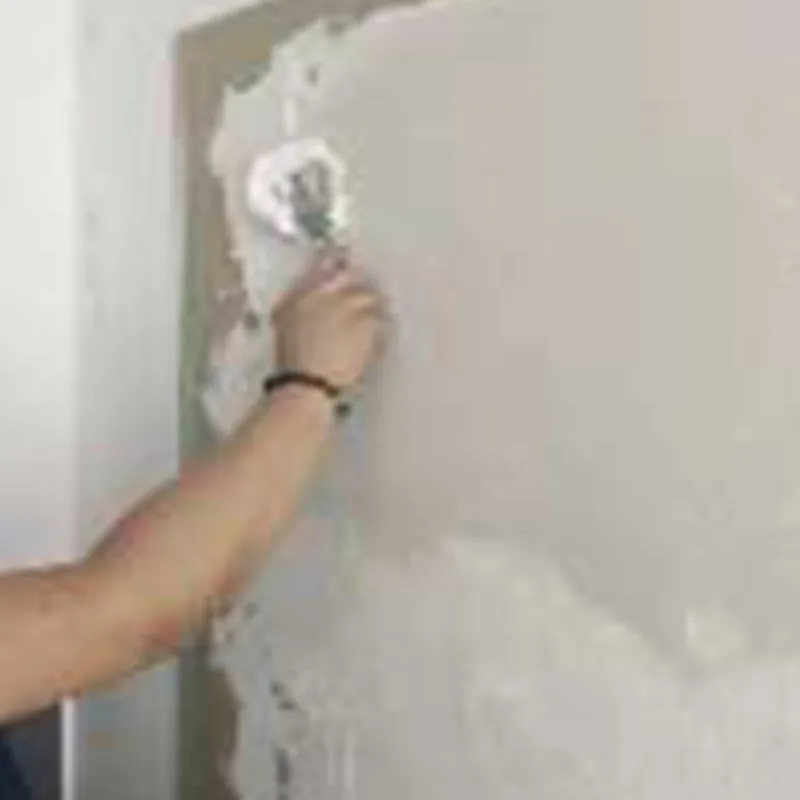
Tech Advantages of Gypsum Retarder(RETARDER)
- Wide Applicability: Optimized for gypsum-based plasters, wallboards, block making, 3D construction printing, and high-efficiency self-leveling floors.
- Consistent Retardation: CNC-controlled microgranulation ensures homogeneous action, avoiding "hot spots" or under-retardation even at low dosages.
- Environmental Compliance: RoHS, REACH passed, <10ppm heavy metals; suitable for green-certified projects.
- Minimal Setting Strength Loss: Retains >94% compressive strength vs. control (internal test data; see line chart below).
- Full Water Dispersibility: Rapid dissolution for clean, dust-free mixing and easy automated dosing.
- Extended Shelf Life: 24-month shelf life in sealed package under dry/normal conditions.
Tailored Solutions for Industry: Customizing Gypsum Retarder Chemical Specifications
Leading gypsum retarder chemical manufacturers provide custom engineering services, optimizing additive type, dosage form, setting/retarding range, and packaging per client formulation, field climate, and automated mixing lines. Gypsum Retarder(RETARDER) offers:
- Rapid “On-site” Setting Control: For hot climates, ready-mix, or modular construction, setting time can be programmed (±10min) between 35–200 minutes.
- Application-Specific Grades: Special “low-fume” versions for mines and tunneling works, enhanced-bonding versions for gypsum adhesives, and dust-free microgranular bags for high-speed batching lines.
- Flexible Logistics: Bulk supply (12.5kg, 20kg, or 1-ton tote) or small packs for retail, with anti-caking liner and traceable batch code.
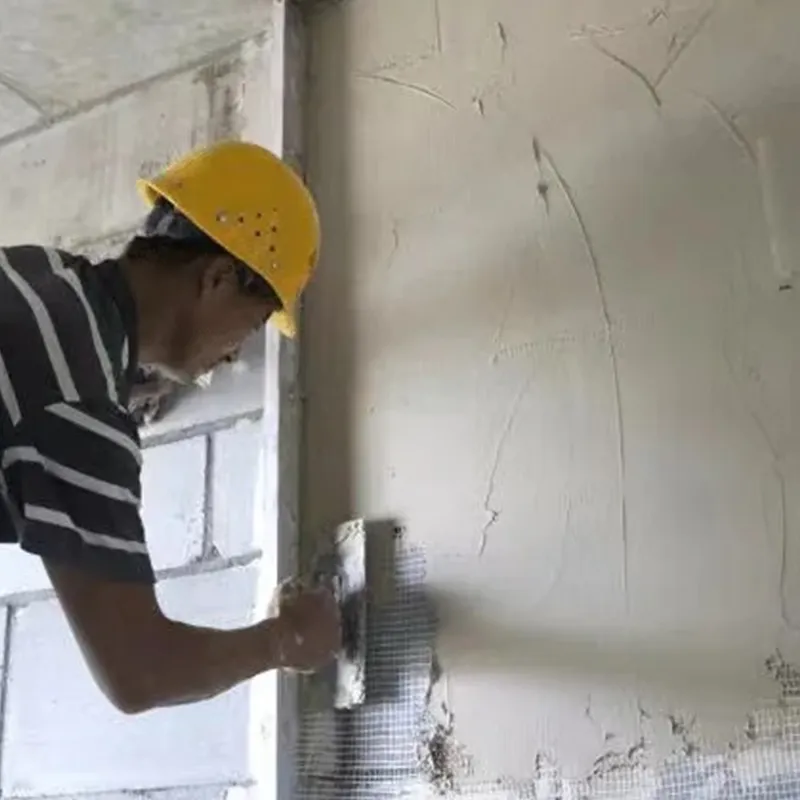
Use Cases & Client Success: Real-World Applications of Gypsum Retarder(RETARDER)
A German EPC contractor adopted gypsum retarder chemical (RETARDER) in production of wallboard for modular apartments. Using only 0.09% w/w, setting time was extended to 112 min at 22°C, enabling continuous molding, eliminating material waste, and saving 8.7% in labor costs.
2. Self-Leveling Floor Systems (Middle East):
A UAE industrial flooring specialist replaced conventional sodium citrate with Gypsum Retarder(RETARDER). Flow time increased from 46 min (Na Citrate) to 123 min, and the compressive strength only dropped by 2%. The project finished 5 days earlier due to uninterrupted pours.
3. Tunnel Segment Lining (Asia):
For rapid metro tunnel lining, a Chinese engineering firm requested retarder customization to extend gypsum setting to precisely 85±3 min in high humidity. Post-installed panels showed <1.6% shrinkage and retained >97% of required flexural strength.
4. Wall Putty/Plaster Compound OEM (India):
A leading gypsum wall putty formulator reported zero batch-to-batch color differences and reduced mixing time (-21%) with Gypsum Retarder(RETARDER) compared to protein/sugar or salt types.
Gypsum Retarder(RETARDER): Key Product Technical Data Sheet
| Property | Specification/Typical Value |
|---|---|
| Physical Form | Fine, free-flowing white/off-white powder |
| Recommended Dosage | 0.06% – 0.14% of gypsum weight (customizable) |
| Setting Time Adjustment | +40 to +170 min (per application) |
| pH (1% in water) | 6.2 – 7.8 |
| Chloride/Heavy Metals | <0.01% chloride, <10 ppm heavy metals |
| Water Solubility | Complete at RT |
| Bulk Density | 460 – 520 kg/m³ |
| Certifications | ISO 9001, RoHS, REACH |
| Safety Classification | Non-hazardous (per EC 1272/2008) |
| Shelf Life & Package | 24 months; 12.5kg/20kg/1-ton bag |
FAQs: Professional FAQ on Gypsum Retarder Chemical
Ordering, Delivery, Warranty & Technical Support
- Lead Time: Standard 7–12 days ex works (customizations: 13–19 days)
- Quality Assurance: All lots delivered with pass certificates; full replacement/credit in case of non-conformance (ISO 9001:2015 system traceability).
- Customer Service: 24/7 email & hotline support; on-site technical visits available for bulk users; all queries addressed within 24 hours.
- Post-sale Feedback: 98.6% customer satisfaction (2023 repeat order rate); featured supplier for Fortune Global 500 construction groups.
- Customization: Application/project-specific setting time, flow properties, packaging, and logistics support for global OEMs and distributors.
[1] Gypsum Retarders in Modern Construction: Statista - Global market size
[2] “Setting Mechanisms of Organic and Inorganic Retarders in Gypsum Binders,” Journal of the American Ceramic Society, 2022 — Wiley Online Library
[3] Detailed technical comparison of gypsum retarders - TheConstructor.org
Explore Gypsum Retarder(RETARDER) for your next project, and contact us for in-depth consultation, troubleshooting, and specification development.
-
Reliable Powdered Cellulose Supplier: Quality, Sustainability & InnovationNewsNov.24,2025
-
Find Trusted Microfibrillated Cellulose Suppliers for Sustainable Industrial SolutionsNewsNov.24,2025
-
Leading Methocel Suppliers: Quality, Innovation & Sustainability in Methylcellulose SupplyNewsNov.23,2025
-
Reliable Hydroxyethylcellulose Suppliers for Industry & Sustainability | Tangzhi HPMCNewsNov.23,2025
-
Top Ethyl Cellulose Supplier – Quality, Sustainability, and Industrial SupportNewsNov.23,2025
-
Trusted CMC Powder Suppliers for Food, Pharma & Industrial Use | Tangzhi HPMCNewsNov.22,2025





















